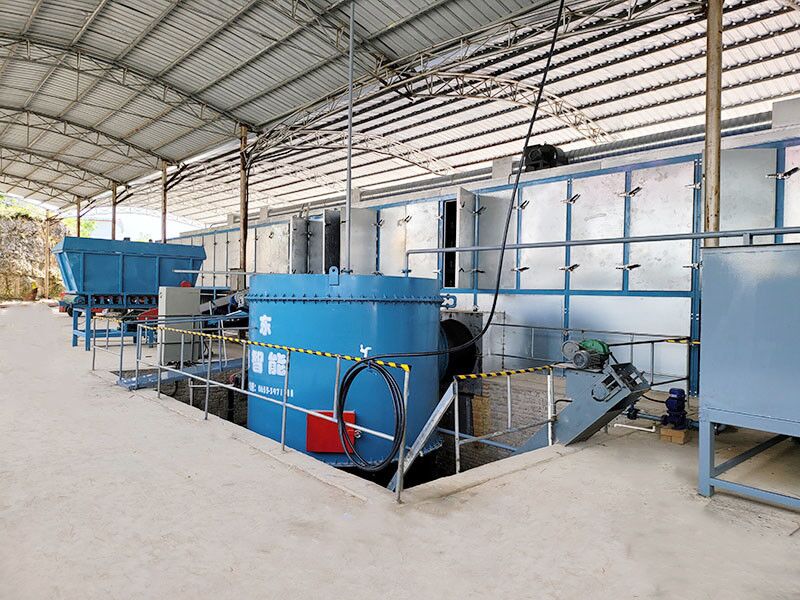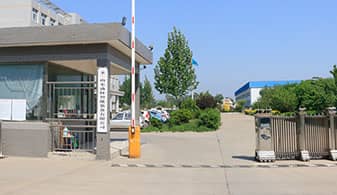Roller Veneer Dryer and Its Heat Sources
Roller Veneer Dryer is one of the most often used veneer dryers for drying core veneer in the plywood making process. After peeling, the fresh veneer is fed into the core veneer dryer. Through the press of the upper rollers and heating of the hot air sections, veneer is delivered to the cooling section and finally discharged at the outfeed of the veneer dryer. The veneer after drying has uniform moisture content and it is flat without buckle or end waviness. After drying, the veneer is free of splits and the surface is in good condition for gluing.


Traditionally there are two types of heat sources for the wood veneer dryer, namely, steam boiler and thermal oil heater. Both the steam boiler and the thermal oil heater require the heat transfer twice: firstly heat water or thermal oil and then heat air. On the contrary, the biomass burner only need heat air once by direct burning of tree bark, waste veneer, etc. In this sense, the direct burning of barks to heat air is no heat loss compared with the indirect heating of steam and thermal oil. Furthermore, the temperature in the burner is 40-60℃ higher than that of the traditional dryer (steam, thermal oil), and the temperature is controlled at 140-180℃, which shortens the drying time and increases the output greatly. Biomass burner can use the black skin, white skin, saw head and other waste wood produced by the veneer rotary cutting as fuel, which can obtain materials on site and turn waste into treasure. It greatly reduces the energy cost in the drying process of the veneer, and is a truly energy-saving and environmentally friendly heating device for the dryer.





